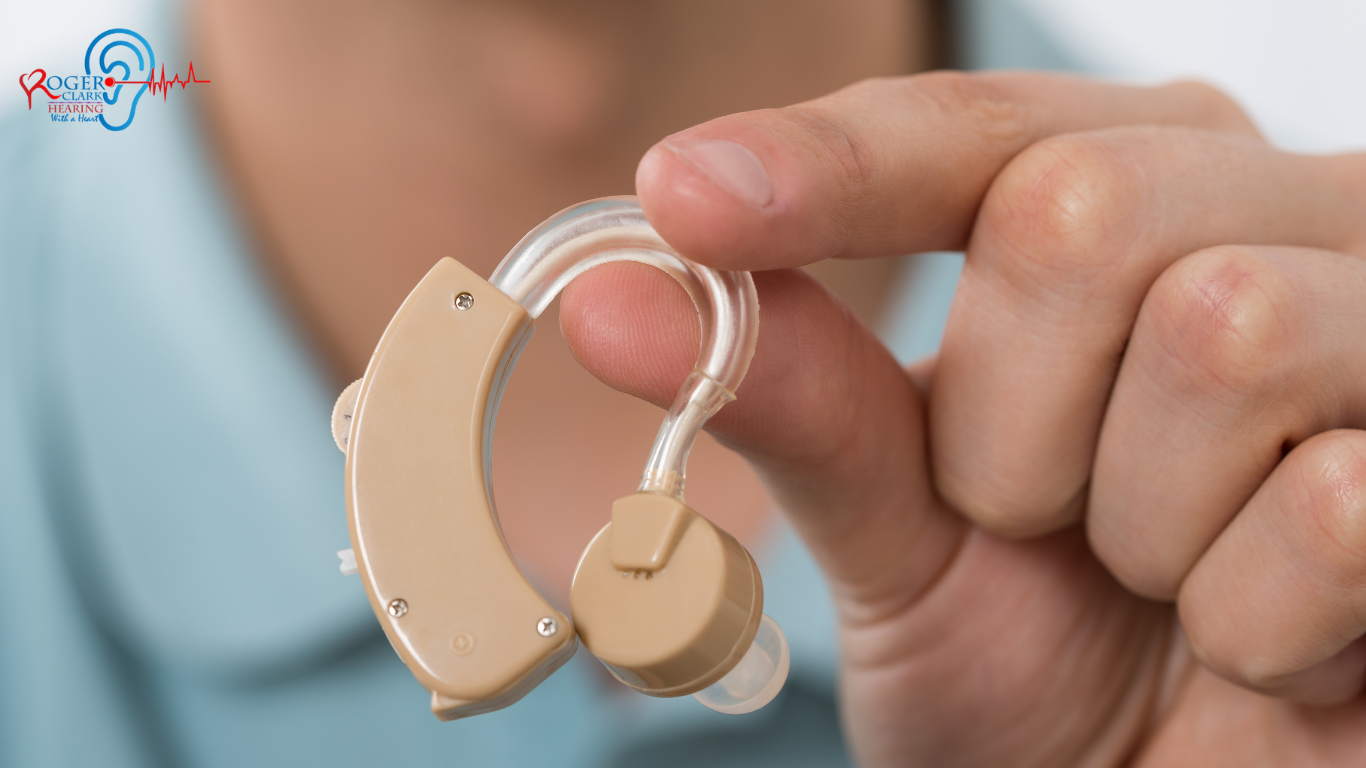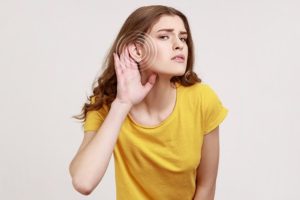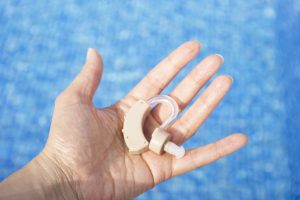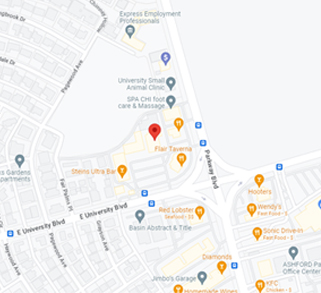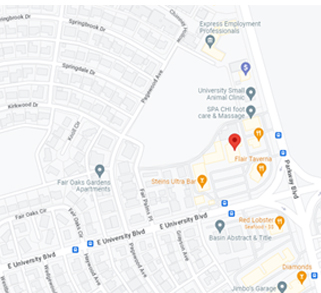We at Roger Clark Hearing assist you in selecting the best hearing aid for your hearing loss, your ears, and your lifestyle.
Any age can have hearing loss. It can create social disengagement. It is linked to mental decline. That’s why it’s known as the silent killer. Selecting the best hearing aid can be scary. But it can help you enjoy life and restore some of your hearing.
Types of Hearing Aid
Hearing Aids Behind-the-Ear (BTE): Pros and cons
- Versatile and Powerful: BTE hearing aids can be used for mild to profound hearing loss. They have better sound amplification since they have stronger batteries and amplifiers.
- Durability: These hearing aids are a dependable option because they are sturdy and made to resist normal wear and tear.
- Ease of Handling: They are easier to handle due to their bigger size, especially for people who have dexterity problems.
- Connectivity: A lot of BTE models have Bluetooth built in, making it simple to link to other gadgets like TVs and cellphones.
Cons:
- Visibility: Those looking for a discreet solution may be concerned about the fact that BTE hearing aids are more conspicuous than smaller devices.
- Comfort: Because they rest behind the ear, some users could find them less comfortable, particularly while wearing glasses or masks.
In-the-Ear (ITE) Hearing Aids
Pros:
- Custom Fit: ITE hearing aids are created to order to precisely match the curves of your ears, offering a snug and comfortable fit.
- Discreet: Compared to BTE versions, these hearing aids are less noticeable, providing users with a more covert choice.
- Convenient functions: ITE hearing aids are modest in size, but they include a lot of functions, like telecoils and directed microphones.
- Natural Sound Quality: ITE hearing aids can provide a more natural sound quality since they fit within the ear.
Benefits and Drawbacks of Receiver-in-Canal (RIC) Hearing Aids
Pros:
- Comfortable Fit: The receiver of RIC hearing aid cleaning is positioned just inside the ear canal, making them lightweight and comfortable to wear.
- Natural Sound Quality: By positioning the receiver inside the canal, the “plugged up” feeling is lessened and a more natural sound is produced.
- Discreet Appearance: Because the receiver is concealed in the canal and the main body of the aid rests behind the ear, these devices are less obvious.
- Flexible Power: RIC hearing aids provide varying degrees of amplification, making them appropriate for a broad spectrum of hearing loss.
Cons:
- Moisture can harm the receiver: The canal exposes it to more moisture and earwax. This may hurt its function and life.
- Maintenance: To maintain the receiver operating at its best, more regular cleaning and maintenance may be needed.
Are Invisible Hearing Aids the Correct Option for You?
Pros:
- Use maximum discretion: The least noticeable hearing aids are invisible. They include Completely-in-Canal (CIC) and Invisible-in-Canal (IIC) devices. They give users a subtle option.
- Natural Sound Localization: They are deeply inserted into the ear canal. This allows for a more natural listening experience. It improves sound localization.
- Comfort: These hearing aids, which are tailored to fit your ear precisely, can be really cozy to wear.
Your lifestyle, tastes, and hearing needs each play a role. They help in choosing the best hearing aid. BTE hearing aid are good for many hearing losses. They have strong amplification and a robust design. They are for anyone who wants to combine style and utility. ITE hearing aids offer a subtle look and personalized fit. Invisible hearing aids provide max stealth and natural sound. But, they have some feature and battery limits. In contrast, RIC hearing aids combine comfort and natural sound quality. You can choose the best solution for your lifestyle and hearing needs. You can do this by speaking with an audiologist.
Also Read: How to Find the Right Hearing Aid for Small and Narrow Ear Canals
When is the right time to obtain a hearing aid?
More than just helping you hear again is possible with hearing aids Waco. Over time, hearing loss may have an impact on your physical and mental health. Better hearing helps protect you. It shields you against mental health issues like anxiety, depression, and cognitive decline. Although it takes time, getting a hearing aid is worth the trouble!
Conclusion
Make sure you get a diagnosis as soon as you feel you may have hearing loss. An ENT physician can examine your ears. They can recommend that you see an audiologist for a complete audiogram. They can arrange more testing as needed. An audiogram assesses your ability to hear. It also shows if you would benefit from a hearing aid. If you struggle to understand speech or have uneven hearing loss, your doctor or the audiologist Waco will probably suggest a hearing aid. To ensure the ideal fit for your hearing aids, if you need them, you should also get an audiogram. Feel free to contact us if you are looking for the best hearing aid services.
